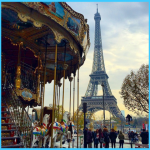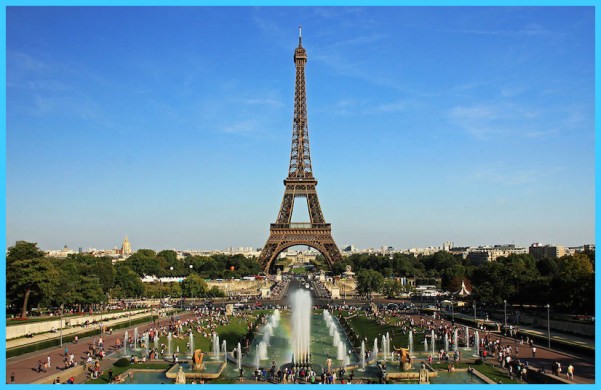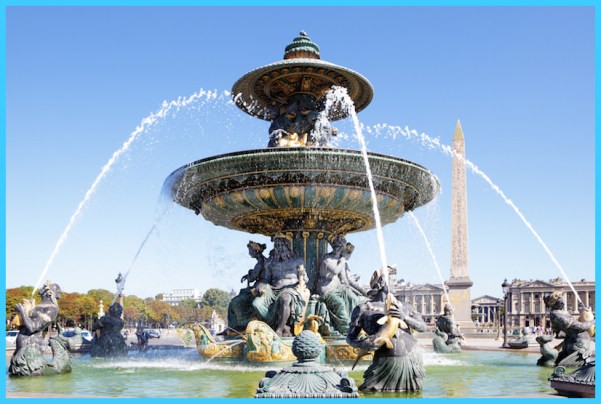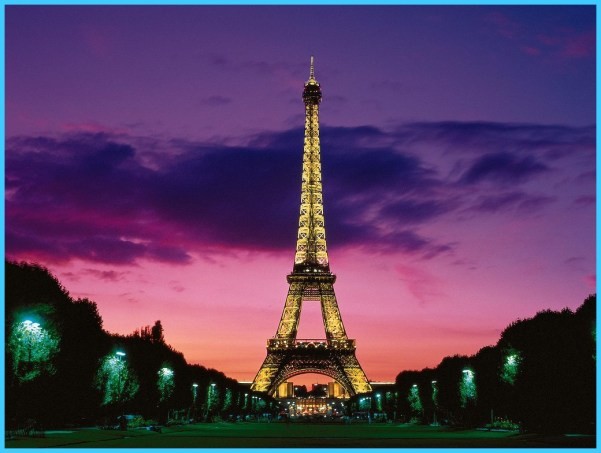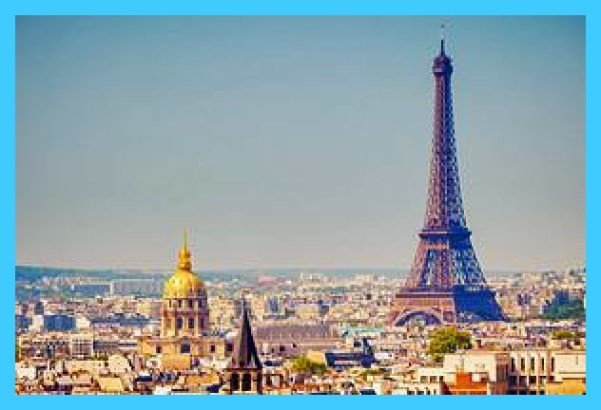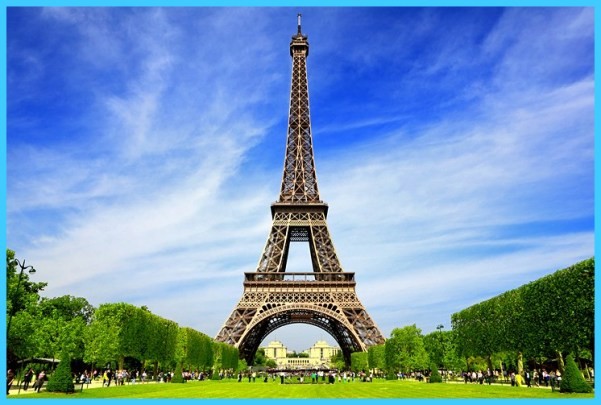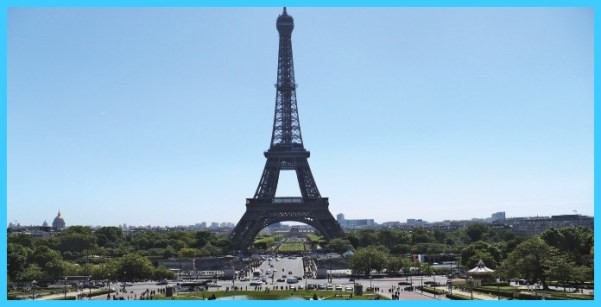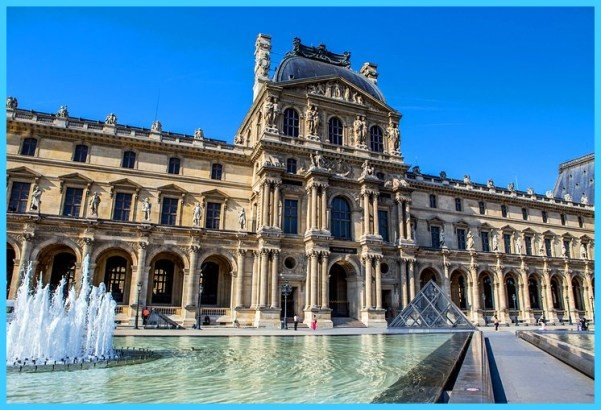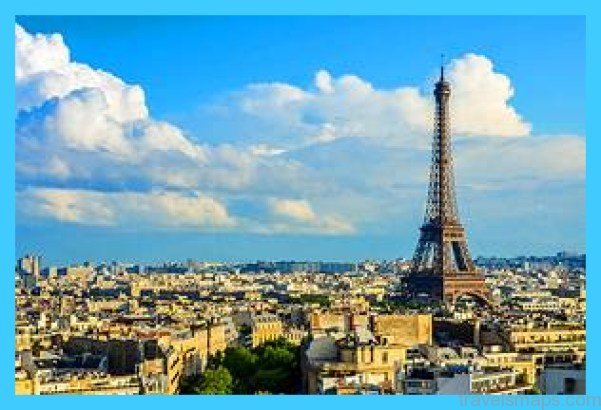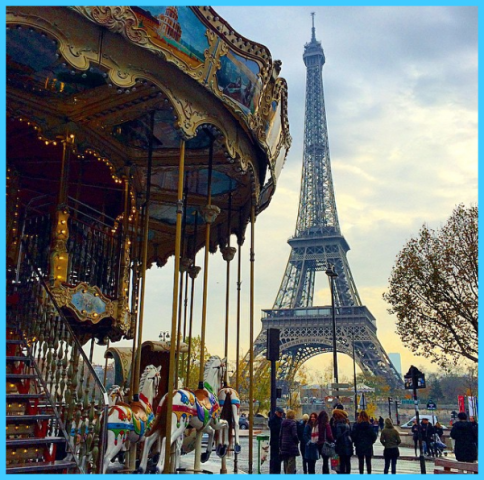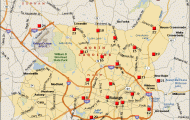Saint-Eugene
L. A. Boileau, 1854
In a monolithic part of north-central Paris, south of the Gare du Nord, which you might well be tempted to pass over. Don’t; though even when you get here there is nothing more to the outside than a sense of containment which might mean anything. Inside, this is the Parisian equivalent of All Saints’, Margaret Street: a single dark room, full of lurid glass which is as essential to the whole effect as an apparently trite phrase in Verdi’s Falstaff. Boileau used iron throughout, so the piers are extremely thin and the galleries, far back, tie into an elegant subsidiary arcade. Dusky and dramatic, yet never over the edge of melodrama, the true voice of the nineteenth century, the mechanized peasant. Again the difference between Paris and London: Butterfield’s was a particular passion, this is as generalized as a novel by Zola, and as noble as the best of them And to think that we had an octagonal church by this man, just off Leicester Square, and replaced it ten years ago with a hash of concrete fifh-hand Perret, and some squiggles by Cocteau.
Paris France Attractions Photo Gallery
(At the corner of rue Sainte-Cecile and the rue du Conservatoire.)
Gare de l’Est F. A. Duquesney, 1847-52
With the Gare d’Orsay out of use this is the best of the Parisian rail sheds. Faced with a colossal problem of mixed traffic – on thirty platforms! – the arrangements are lucidity itself. Grandes lignes on the one side, banlieue on the other, each with a long entrance hall, each with a noble big window to the street. Station hotel slung in between, itself articulated into three parts with elegant, restrained Italian detail. Then, beyond the halls, one colossal transverse room leading on to the platforms. No grandeur even here; that, it seems to be saying, is no more than a melodramatic gesture which might be satisfying to those Germans at the other end of the line. But, for all that, a huge job done with perfect commodity. Just what is involved can be seen in an exhilarating high-level view from the rue d’Alsace, the west side of the station: platform roofs almost as far as the eye can see, a human meat-market beyond the dreams of Smithfield.
Rue du Faubourg Saint-Martin Where To Go In Paris
Simple, really; just a straight street with something solid at either end and a firework in the middle. To the south, the Porte Saint-Martin, to the north one of the vast and comforting windows of the Gare de l’Est. In the middle, just when it might sag, the Mairie du Dixieme Arrondissement, a truly sumptuous piece of pompier architecture, fuss and gaiety all the way up to the steeple, perched on a pavilion roof whose ridge is decorated with ‘REPUBLIQUE FRANQAISE’ in openwork. It is a pity that there is nothing at all to set it off: but perhaps not; all that magnificence hung on to the streetline is as refreshing as a Ricard at dinner time.
Parisian sandwich: boulevard de Strasbourg, rue du Faubourg Saint-Denis, Passage Reilhac
Strasbourg is one of the most genial of boulevards; it is the northward continuation of Sebastopol towards the Gare de l’Est. The rue du Faubourg Saint-Denis is very nearly the perfect French working and shopping street, narrow, crowded and classless. Between them run alleys and passages; the Passage Reilhac – technically it is private property – is an intriguing sequence of courtyards, arches and melancholy statues. To live in the middle of it must feel like the pearl in the oyster, for this slice of Paris contains all the different scales of the city’s life in a very few yards.
Maybe You Like Them Too
- The Best Places To Visit In North America For Christmas
- Faro Travel Guide: Map of Faro
- Mumbai Travel Guide For Tourists: Map Of Mumbai
- Travel to Budapest
- Thailand Travel Guide for Tourists: The Ultimate Thailand Map









